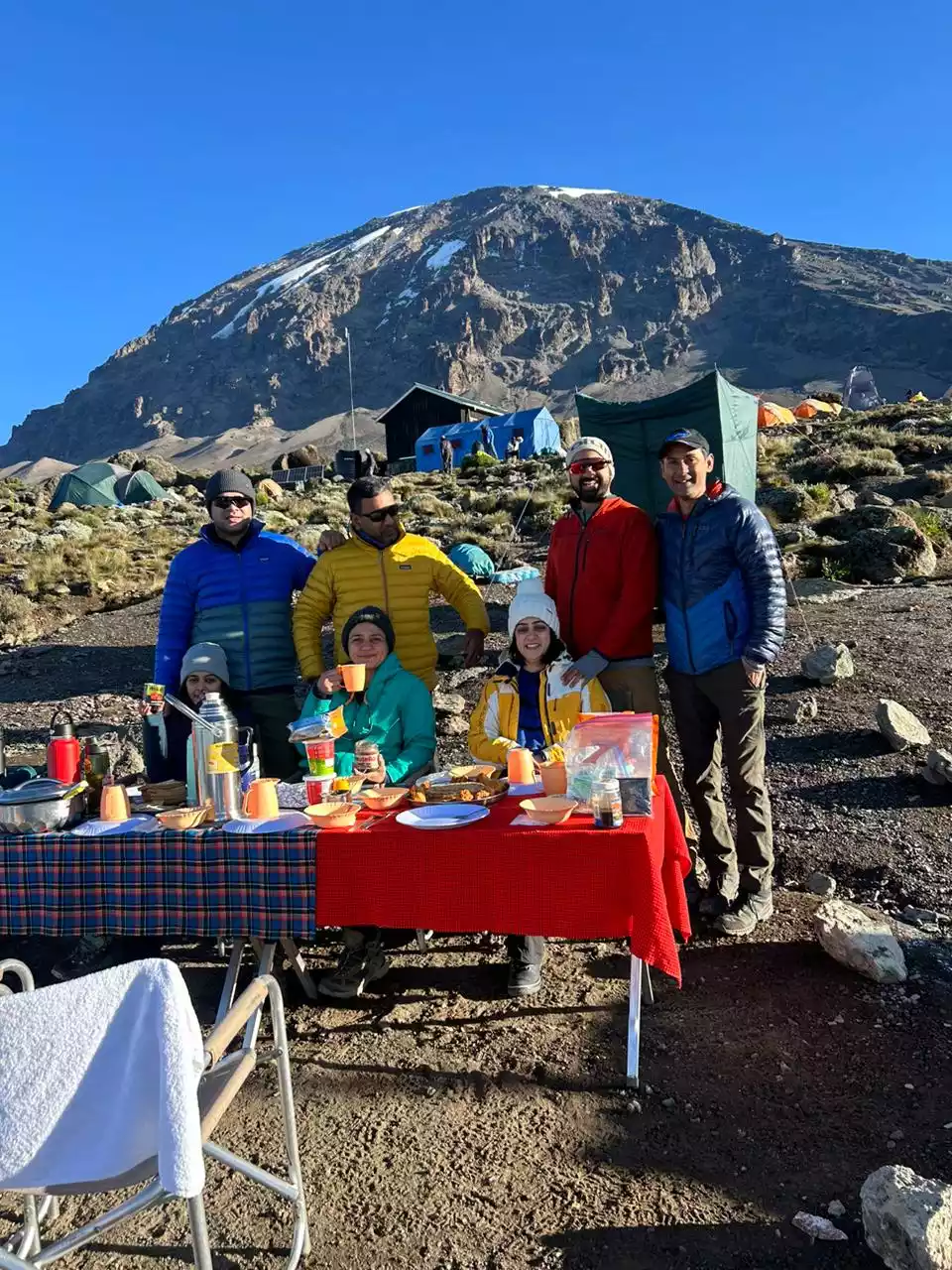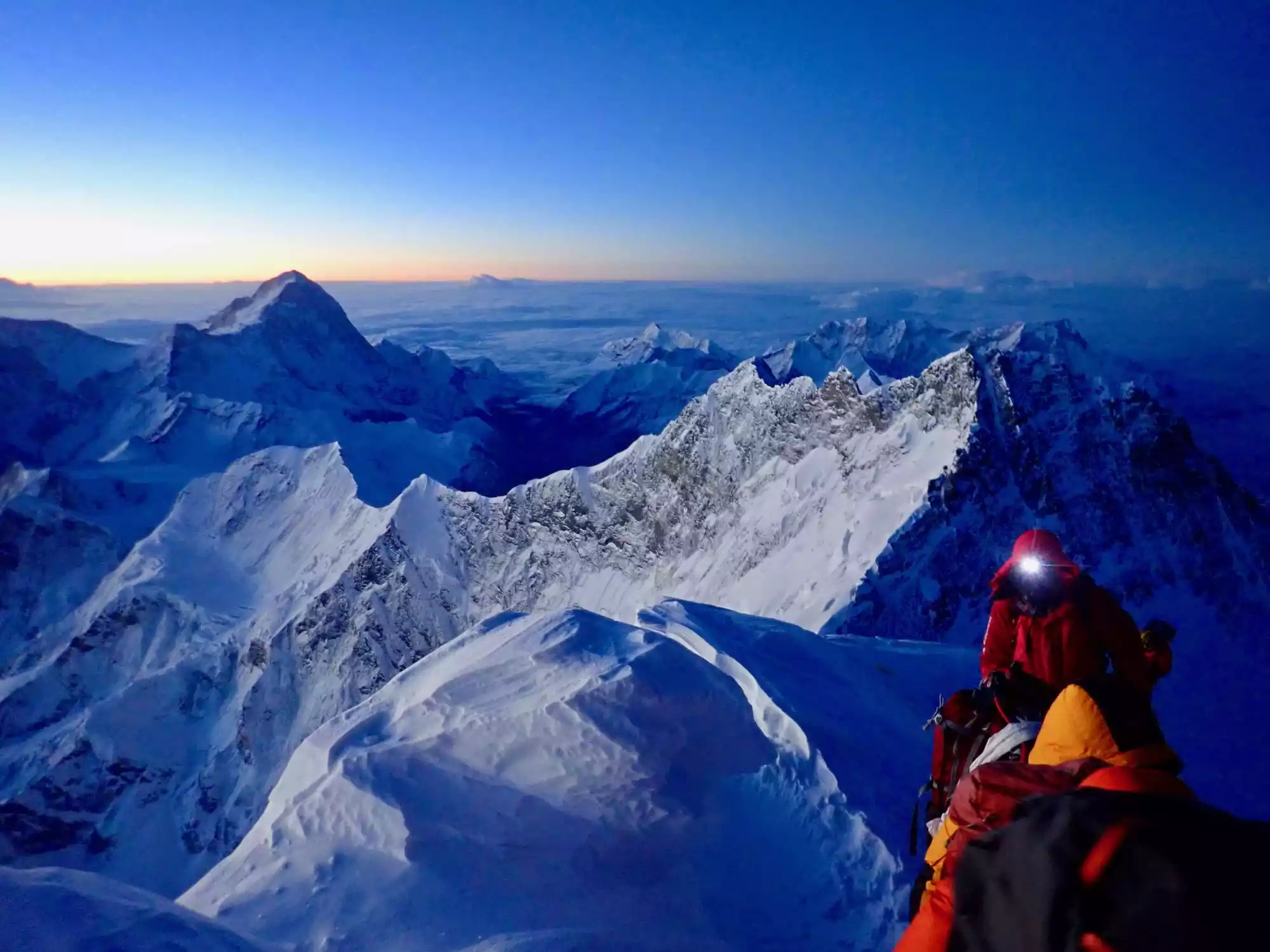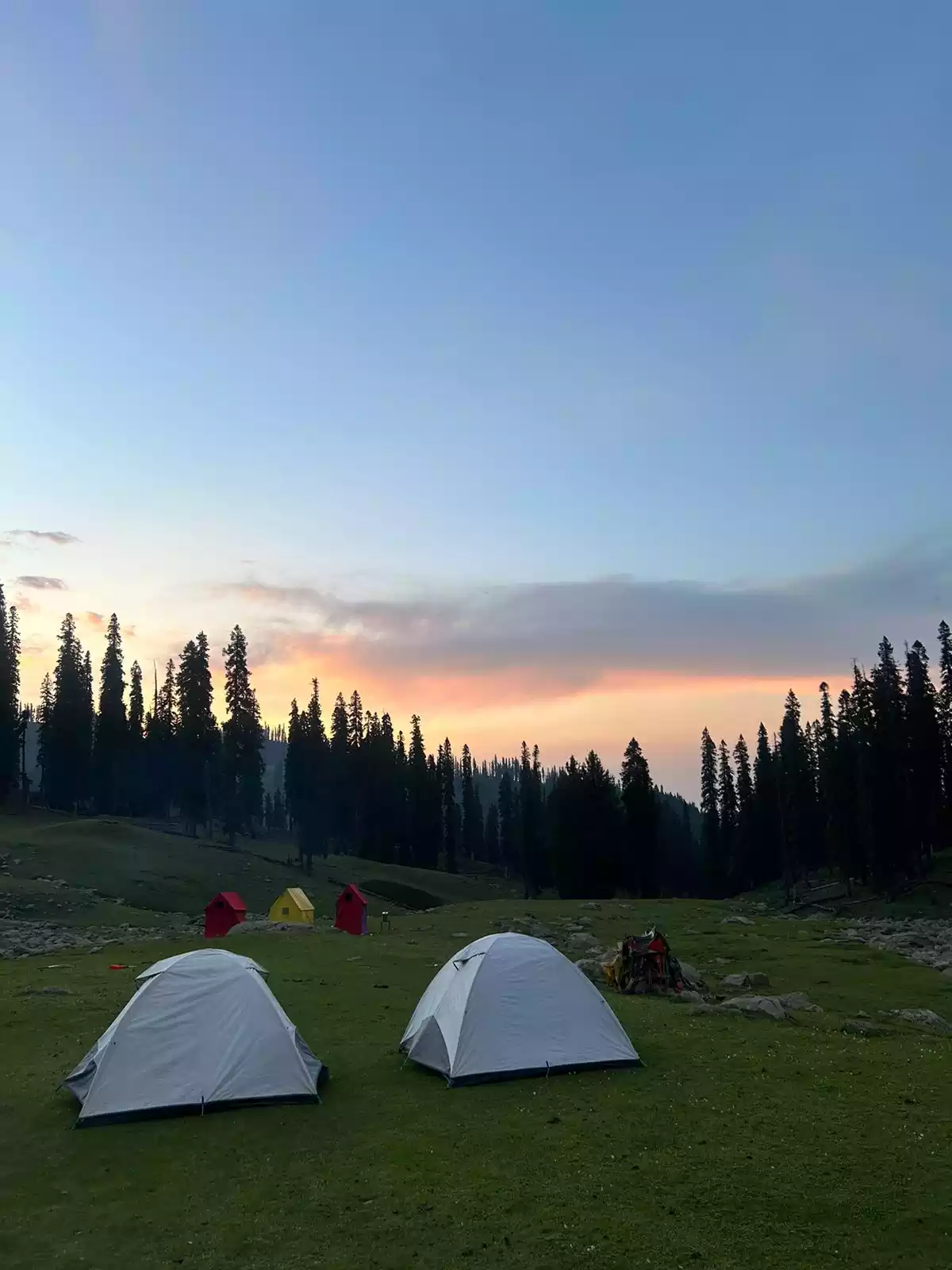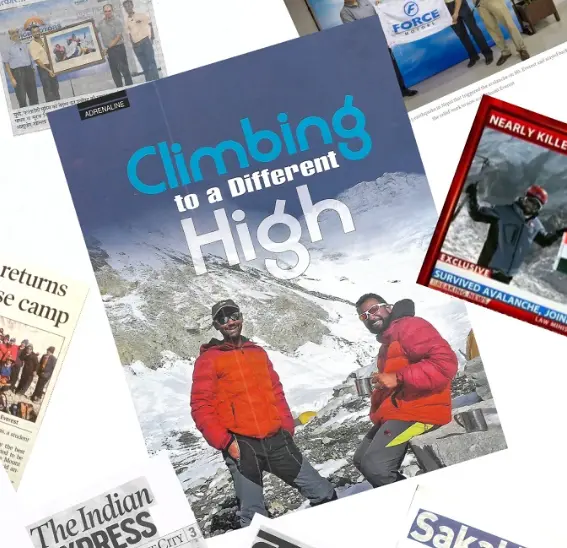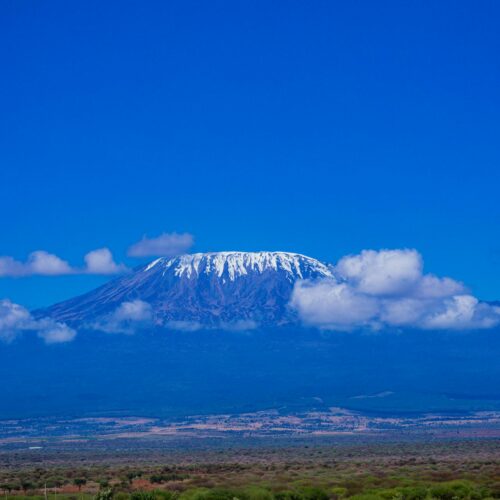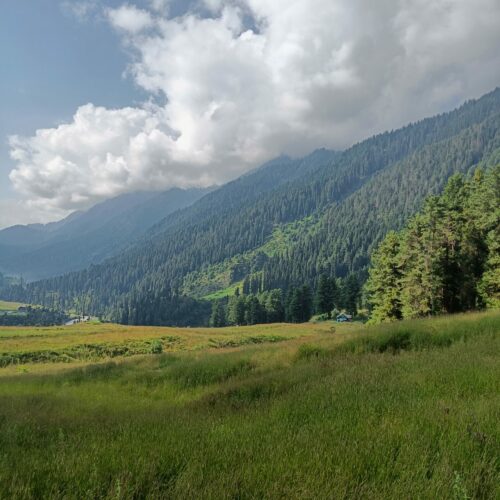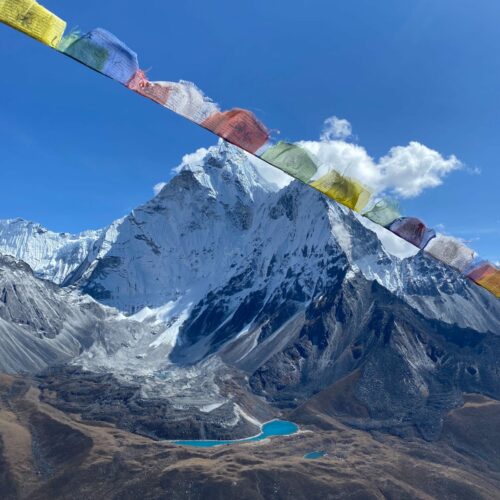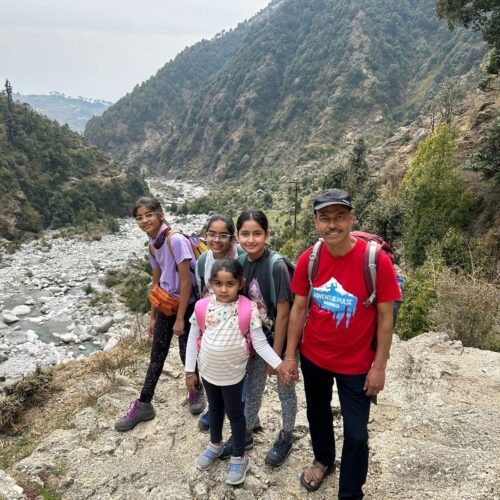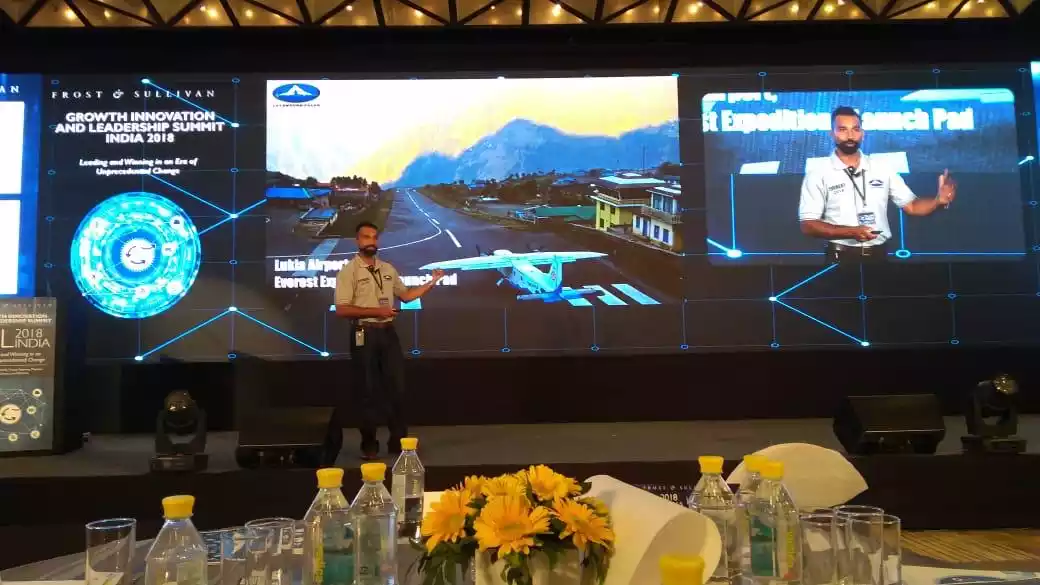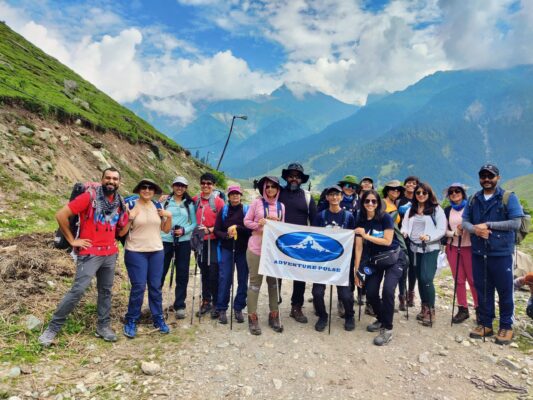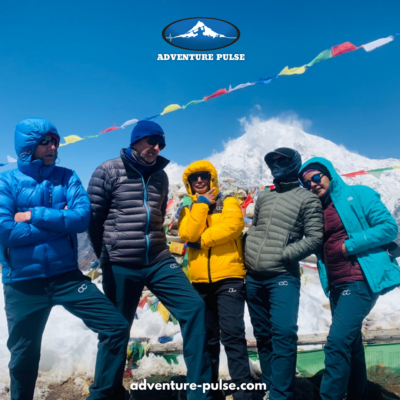Established in 2010
Brief Itinerary
- Day 1 - Arrival at Srinagar and overnight in a hotel.
- Day 2 - Drive from Srinagar to Naranag & trek from Naranag village to Dumail (2 hr) to set up base camp.
- Day 3 - Trek from Dumail to Marchoi Valley via Shingdi and back to Dumail (6 hrs).
- Day 4 - Trek to Shadimarg Top.
- Day 5 - Trek from Dumail to Naranag (2 hrs) and drive to Srinagar.
- Day 6 - Fly out of Srinagar
Inclusions & Exclusions
Trip Cost Includes:
- Camping accommodation on double sharing basis.
- Hotel stay in Srinagar for 2 nights on MAP plan, twin sharing.
- Airport transfers "in groups".
- All meals and beverages during camping.
- All camping equipment, including sleeping bags, mattresses, dining tents, stools, toilet tent etc.
- Experienced Guides & support staff.
- Trekking permits.
- Porterage for duffle bags weighing upto maximum 10 kgs.
- On ground group transportation from Srinagar to Naranag and back.
Trip Cost DOES NOT Include:
- Flights in and out of Srinagar.
- Travel insurance (Mandatory for permits).
- Personal clothing and equipment.
- Individual pickup or drop for airport.
- Tips for local staff and guides.
- Lunch/ extra food or beverage orders in Srinagar.
- Single supplement tent or hotel accommodation.
- Extra expenses for duffle bags beyond the weight limit specified.
- Personal guide needed for support/day bag.
- Expenses arising out of early/delayed arrival of participants from the trek due to force major/health/personal reasons etc.
- Any expenses arising out of delay due to force major/situations beyond the control of the operator.
- Anything not specifically mentioned in the "Inclusions".
Things to carry
Download as PDFExtreme temperature variations, high altitude, snow glare & proximity to sun are certain factors which necessitate the need to for proper mountaineering and trekking equipment. In order to enjoy your experience in the mountains, we have recommended that you carry the following with you.
Apparel
- Thermal Inners - At least 1 pair of Top and Leggings
- 2 to 3 shirts or long-sleeve shirt (cotton / dryfit)
- 1 or 2 pairs of trekking pants (no denim!)
- 1 Sweater/Sweatshirt
- 1 Fleece Jacket
- 1 Down Jacket
- 1 Waterproof Layer like raincoat or wind-cheater
- 1 pair of hiking boots
- 1 pair of comfortable sandals/floaters/sneakers
- 4 to 5 pairs of cotton socks (for day)
- 2 pairs of thick/woollen socks (for night)
- Gloves - liner and outer
- Sun hat
- Woollen cap
- Buff
Accessories
- Duffel bag / Rucksack (60L+)
- Daypack / Backpack (20-30L capacity)
- 2x 1L Bottles (to carry drinking water)
- Lunchbox
- Torch + Batteries / Headlamp
- Knee/Ankle/Wrist Guards
- Trekking Poles
- Sunblock
- Sunglasses
- Moisturiser
- Hand Sanitiser
- Personal Medical Kit
- Personal Toiletries Kit with toilet paprt
- Snacks
- Trekking poles
Fitness
Download as PDF- There are three main aspects of training to focus on – strength training, cardiovascular training, and trekking + trekking alternatives.
- Strength training involves training different muscle groups, so that they can become stronger. There are different exercises for each muscle group, and working them all out 2x-3x a week should be enough to help you get comfortable trekking.
- Legs / lower body - exercises like squats, glute bridges, step ups and leg presses with help you develop stronger muscles in the lower body.
Core - Exercises like planks, bicycle crunches and leg raises can help with core stability; Pilates is also a core-intensive type of workout that will help.
Upper body - Bodyweight exercises like push-ups, pull-ups and dips will help develop these muscles. You can also use resistance bands or light weights to develop them further.
- It’s vital to do plenty of cardio training before your trek, so that you can get the most out of your experience
- Running - This is the most recommended form of cardio activity, as it activates a lot of the same muscles as trekking. Being able to run 10km in 60 minutes will allow you to get the most out of your trek.
Cycling / Swimming - If you have knee issues, or don’t enjoy running, you can also opt for cycling and swimming. Being able to cycling 30-50km or swim for 30-40 minutes, thrice a week, should be good to help you with treks like EBC.
HIIT training / Crossfit - Another option to level up your cardio training is to opt for high intensity aerobic exercises like HIIT or Crossfit, 2-3 times a week
The aim is to get your heart rate up, so you do not get winded on long days of trekking
- Hiking
Try to get outdoors and go for a hike on the weekends! Uphill trails of 4-8 kilometres are will help you get used to trekking. Make it a point to carry a loaded backpack, and walk in your trekking shoes.
- Hiking Alternatives
Climbing stairs, and using the treadmill or stairmaster on an incline, will help prepare you for treks. Make it a point to carry a loaded backpack so that you can get used to the extra weight; and use your trekking boots, so that you can break them in and walk comfortably.
- If you’re confused with all this information, no need to worry! The most important thing with training is consistency, and staying injury-free. Your training week should ideally have
Strength training - 3 sessions
Cardio training - 3 sessions
Hiking - 1 long session, best on the weekends
Rest and stretching - at least 1 day

